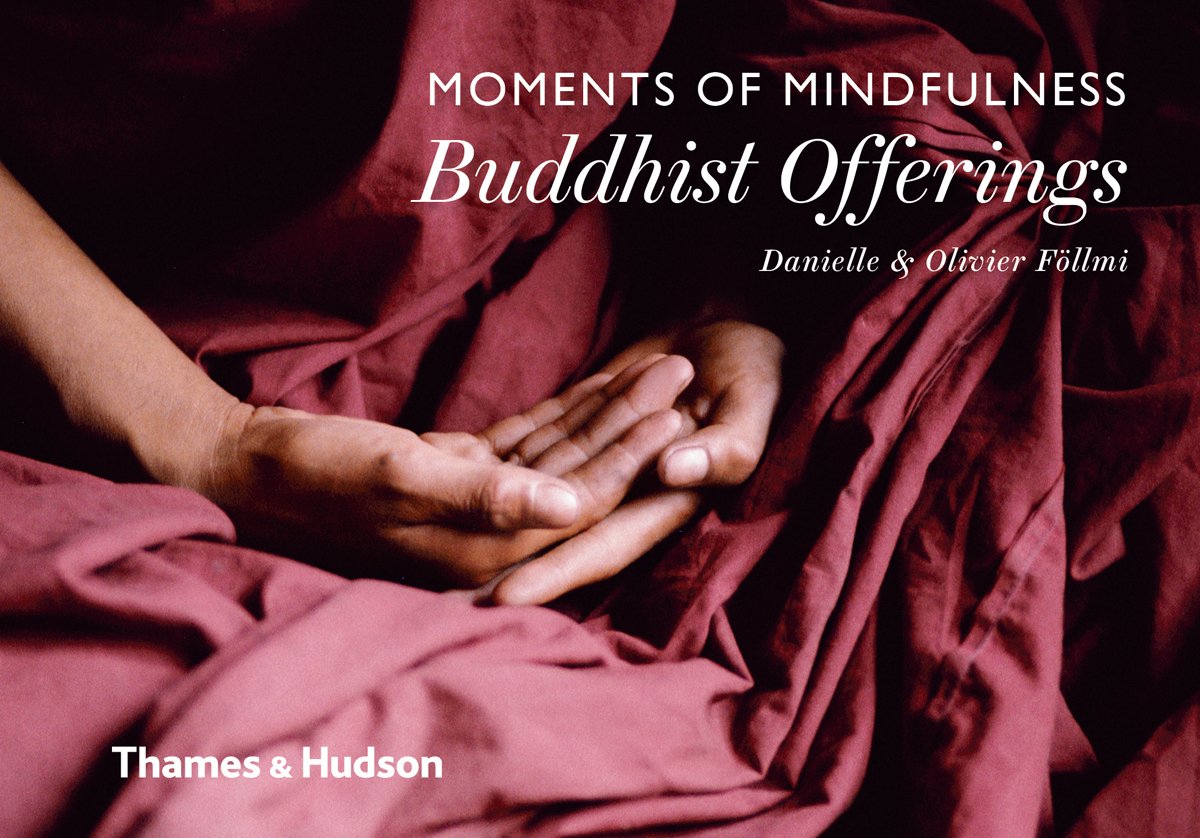Param Vir Chakra: Sanjay Kumar
Maj.Gen Ian Cardozo
Rishi Kumar
The Jammu & Kashmir Rifles traces its origins to the Dogra Kingdom of Jammu & Kashmir. The regiment was raised in 1820 as a state force by Maharaja Gulab Singh. Between 1834 and 1895, General Zorawar expanded the state's territory to Ladakh, Baltistan, Tibet, Gilgit, Yasin, Darel, Hunza-Nagar, Chilas and Chitral. During the 1947-48 invasion of J&K by Pakistan, the regiment fought heroically against the invaders thus gaining time for the Indian army to come to the aid of the beleaguered state. In the fighting that followed, 76 officers, 31 JCOs and 1,085 other ranks made the supreme sacrifice. For their gallant stand, the regiment earned 3 MVCs, 20 VRCs, and 52 mention-in- despatches. India's first MVC was awarded to brigadier Rajinder Singh of the regiment who died fighting the invaders. 13 Jammu & Kashmir rifles was raised on 1 October 1966. The unit consisted of Dogra troops from the states of J&K and Himachal Pradesh. The unit participated in the Indo-Pak war of 1971 where it earned 1 Shaurya Chakra and 3 Sena medals. In 1999, having completed its tenure in the valley, it was under orders to move to a peace station. The advance party under Major YK Joshi had been dispatched when on 5th June it received orders to return. It reached Dras on 6th and Major Joshi was promoted as the unit's commanding officer. The Battalion fought at Kargil with great courage, commitment and distinction led by its gallant commanding officer, for the capture of point 5140, flat top and point 4875. For its gallant conduct in the Kargil war, 13 J&K rifles was awarded 2 PVCs, 6 VRCs, and 13 Sena Medals. It is the only unit of the Indian army to be awarded 2 PVCs during a single campaign. The two bravehearts to be awarded the PVC were captain Vikram Batra and Riflemen Sanjay Kumar.
Major General Ian Cardozo was born in Mumbai and studied at St Xavier’s School and College. In July 1954, he joined the Joint Services Wing which later became the National Defence Academy. Here he was the first cadet to win the gold medal for being the best all-round cadet, and the silver medal for being first in order of merit. He was commissioned at the Indian Military Academy into the 1st Battalion the Fifth Gorkha Rifles (FF) in 1958, and was the first officer of the Army to be awarded the Sena Medal for gallantry on a patrol in NEFA in 1959. Wounded in the battle of Sylhet in Bangladesh in 1971, he overcame the handicap of losing a leg and became the first war-disabled officer to be approved for command of an Infantry Battalion. He retired in 1993 from his appointment as Chief of Staff of a Corps in the East. Author of The Sinking of INS-Khukri: Survivor’s Stories and Param Vir: Our Heroes in Battle, he has worked with the Spastics Society of Northern India and was chairman of the Rehabilitation Council of India for nine years. At present he is the Vice President of the War Wounded Foundation.
Rishi Kumar is a graduate from Delhi College of Art in the Applied Art course. He has worked as an illustrator with various advertising and publishing companies. He is currently working as a freelance illustrator. Besides art he has an interest in computer gaming. His name has been acknowledged in the Limca Book of National Records 2016 for his work.


































